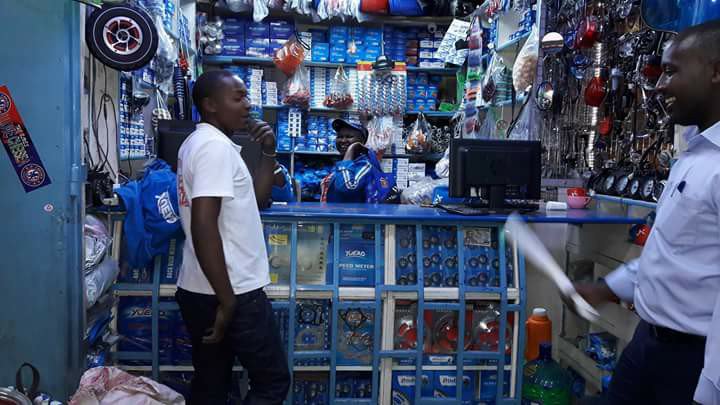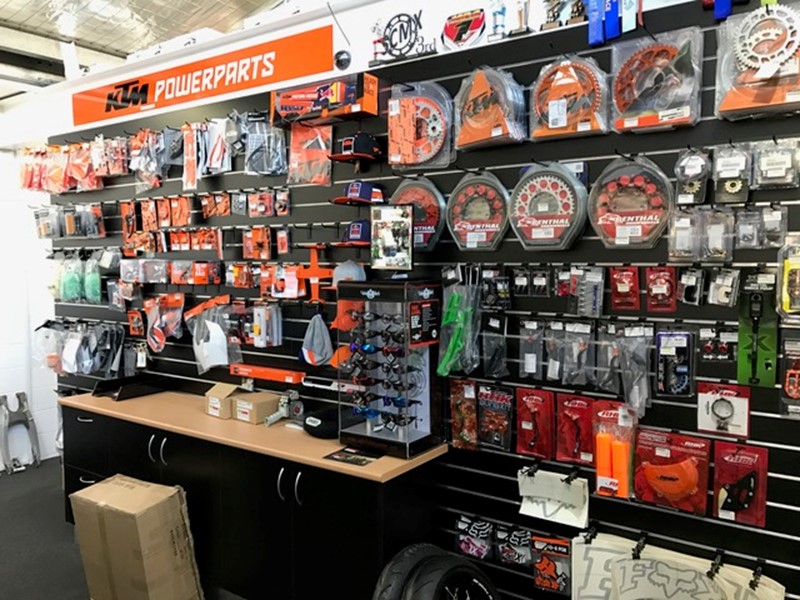Important Motorcycle Parts NZ for Peak Performance and Security
Important Motorcycle Parts NZ for Peak Performance and Security
Blog Article
Understanding the Important Parts of a Bike: A Comprehensive Guide for Lovers
For motorcycle fanatics looking to raise their riding experience and ensure their bikes run smoothly, recognizing the necessary components of a motorcycle is extremely important. Each element, from the engine's intricate functions to the essential function of the stopping devices, not only impacts performance however additionally security and convenience. This guide will certainly go through the basic components that every rider must be familiar with, making it possible for educated selections in both upkeep and possible upgrades. As we begin this exploration, one must ask: exactly how does each element engage to produce the seamless adventure every fanatic seeks?
Engine Parts

The camshaft plays a crucial role in regulating the timing of the engine's valves, ensuring the accurate opening and closing essential for effective gas and air intake, in addition to exhaust expulsion. This timing is critical to preserving optimum engine performance and effectiveness. In addition, the carburetor or fuel injection system, relying on the motorbike model, is in charge of mixing air with fuel in the proper proportion for burning.
The air conditioning system, either air or liquid-based, works to keep the engine's temperature within operational limitations, protecting against overheating and ensuring durability - mx gear nz. Each element, meticulously developed and incorporated, adds to the smooth procedure of the engine, specifying the bike's power output and general performance
Transmission System
Important to the bike's functionality, the transmission system guarantees effective power transfer from the engine to the wheels. This system makes up numerous crucial elements, consisting of the clutch, gearbox, and last drive, each playing a vital role in equating the engine's power right into movement. The clutch, normally run by a hand lever, offers to disengage the engine and engage from the transmission, permitting smooth equipment modifications and regulated velocity.
The gearbox, usually described as the transmission correct, has a collection of gears that bikers can manually shift through to readjust the bike's rate and torque outcome. These gears are organized in a series that enables the bike to increase efficiently and keep ideal engine performance throughout different speeds. Most bikes make use of a consecutive gearbox, requiring the cyclist to change gears in a predetermined order.
Braking Devices
While recognizing the transmission system is essential to utilizing a motorcycle's power, just as essential is the ability to regulate and quit that power efficiently, which is where braking systems enter play. Brakes are crucial for safety and security and performance, providing the cyclist with the required control to browse different terrains and problems. Generally, bikes feature 2 kinds of stopping systems: disc brakes and drum brakes.
Disc brakes are a lot more prevalent in modern-day motorcycles as a result of their premium performance. They include a brake disc, caliper, and pads. When activated, the caliper presses the brake pads versus the rotating disc, converting kinetic power right into heat, therefore slowing the wheel. This system supplies better warmth dissipation, consistent efficiency, and boosted stopping power, specifically in wet conditions.
Conversely, drum brakes, though less typical, are still located in some motorcycles. They work by pushing brake footwear versus the internal surface of a drum connected to the wheel. While usually much less effective in heat dissipation and stopping power, drum brakes are easier and extra economical.
Understanding these braking systems' nuances permits cyclists to keep their motorcycles correctly and value the engineering that makes sure safe and effective stopping.
Suspension and Steering
Suspension and steering systems are vital elements that substantially affect a motorcycle's handling and trip convenience. The suspension system, including forks at the front and shock absorbers at the This Site rear, takes in road irregularities, enhancing stability and control. Front forks, usually telescopic or upside down, compress and rebound to reduce impacts, while rear shock absorbers keep tire call with the road, essential for traction and safety.
Guiding, centered around the handlebars, attaches the cyclist to the motorbike's directional control. The guiding head bearings make certain smooth operation, permitting precise maneuverability. Correct placement and maintenance of these bearings are vital for foreseeable guiding reaction and reducing rider exhaustion.
The suspension's adjustability is another essential aspect; preload, damping, and rebound settings enable modification to fit various riding styles and problems. This versatility is crucial for optimizing efficiency, whether browsing metropolitan roads or taking on tough tracks. Innovations like electronic suspension systems provide real-time changes, boosting trip quality throughout varied terrains.

Electrical Solutions
After guaranteeing a smooth and controlled trip via efficient suspension and guiding systems, focus transforms to the electric systems, an essential facet of modern-day motorbikes. These systems play a critical function not only in beginning the engine but also in powering different elements that boost the functionality and safety and security of the bike.
At the heart of a motorcycle's electrical system is the battery, which stores electrical energy required for beginning the engine and powering supporting systems - motorcycle shop. The generator or generator, paired with the rectifier-regulator, makes sure the battery remains charged while the motorcycle is in procedure, transforming mechanical energy into electrical power and preserving voltage levels
The ignition system, one more essential part, is in charge of igniting the air-fuel mixture in the engine's cyndrical tubes. Modern motorbikes frequently make use of a digital ignition system, offering higher effectiveness and integrity contrasted to traditional systems.
Lights systems, including fronts lights, tail lights, and indications, are also essential, making certain exposure and security for the cyclist. Additional electronic parts such as sensors, control systems, and displays add to innovative attributes like gas shot monitoring, anti-lock stopping systems (ABS), and electronic control panels, even more boosting the riding experience.
Final Thought
A complete comprehension of a bike's necessary parts, consisting of the engine, transmission system, braking systems, suspension, guiding, and electrical systems, is essential for lovers aiming to optimize convenience, performance, and safety and security. Proficiency of these elements enables informed choices relating to maintenance and upgrades, eventually improving the riding experience. By integrating this expertise, cyclists can ensure their bikes operate at peak performance and reliability, therefore taking full advantage of both enjoyment and long life of their woljay helmet vehicles.
For motorcycle fanatics looking to raise their riding experience and guarantee their bikes run smoothly, recognizing the essential elements of a bike is extremely important.Indispensable to the motorbike's capability, the transmission system ensures effective power transfer from the engine to the wheels.While comprehending the transmission system is vital to harnessing a motorcycle's power, similarly crucial is the capacity to regulate and over here stop that power properly, which is where stopping mechanisms come right into play. Normally, bikes include 2 kinds of stopping systems: disc brakes and drum brakes.
A comprehensive comprehension of a motorbike's necessary components, including the engine, transmission system, braking systems, suspension, steering, and electrical systems, is essential for enthusiasts aiming to optimize convenience, safety and security, and performance.
Report this page